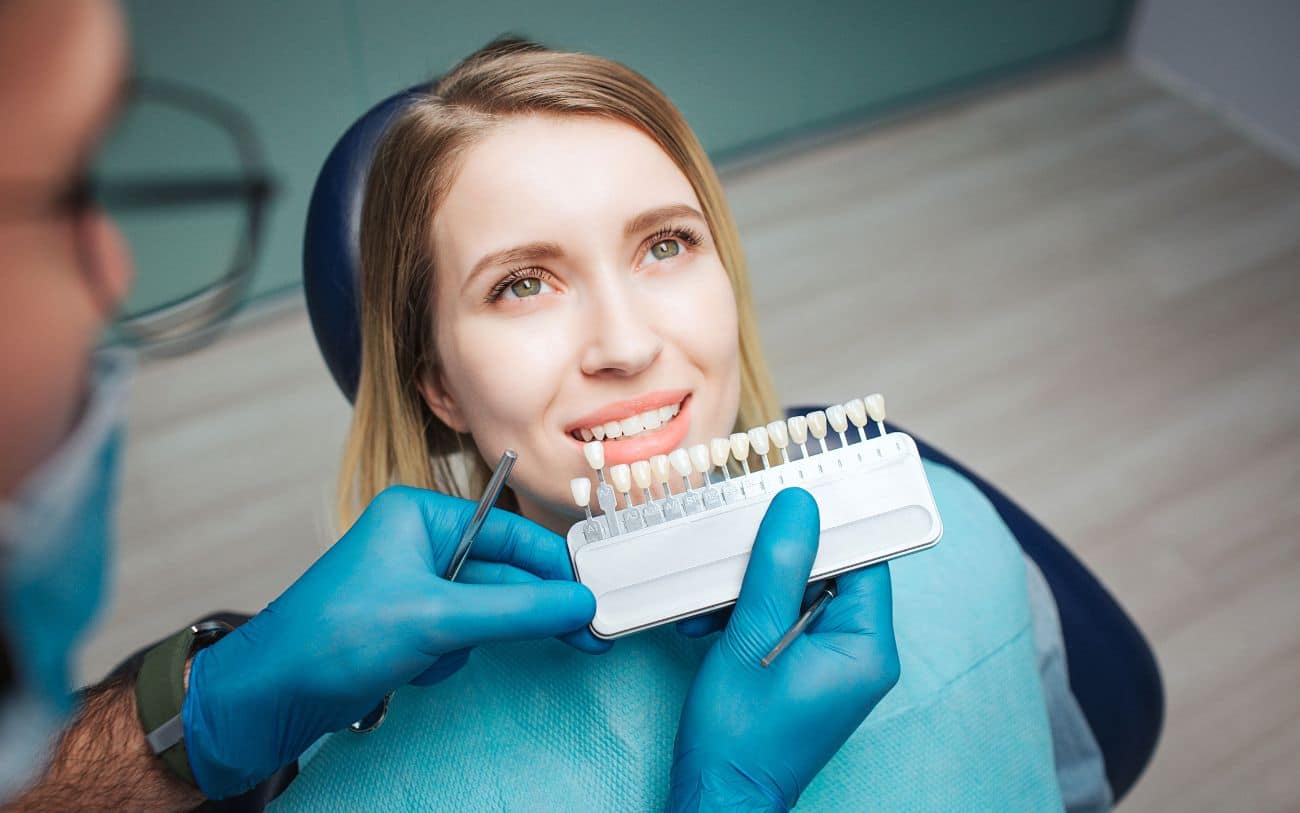
Dental veneers are thin shells applied to the surface of teeth to improve appearance and restore damaged enamel. While they serve a cosmetic purpose, veneers also affect day-to-day activities, particularly how people eat. Understanding how veneers influence eating habits can help individuals adapt more comfortably and maintain good oral function.
Getting Used to Eating with Veneers
When Dental Veneers Cost Dubai are first applied, there is often a short adjustment period. The added material slightly alters the shape and thickness of the teeth, which may temporarily affect how the teeth come together. This can influence the way a person bites or chews food.
In the first few days, people might favor softer foods until they grow accustomed to the new shape and texture of their teeth. Foods that require less force to chew can help during this initial transition. Gradually, most individuals return to eating a typical range of foods without difficulty.
Changes in Bite Sensitivity
Veneers can enhance the surface and structure of worn or chipped teeth, leading to more even bite pressure. This improvement may reduce sensitivity while chewing, especially if teeth were previously uneven or had enamel erosion.
After veneers are placed, some people report greater awareness of their bite at first. This sensation often fades as the mouth adapts. Over time, the alignment feels more natural, and eating becomes easier and more efficient.
Crunchy and Hard Foods: A Shift in Awareness
With veneers, individuals may become more mindful when biting into very hard or crunchy foods. While veneers are strong, they are also slightly more brittle than natural enamel. This doesn’t necessarily limit food options, but it encourages a more conscious approach.
For instance, biting directly into whole apples or hard bread crusts might be replaced with slicing or breaking food into smaller pieces. This adjustment isn’t restrictive—it’s simply a precaution to help preserve the long-term durability of the veneers.
Chewing Texture-Heavy Foods
Chewy foods like steak, dried fruit, or sticky items may feel different when chewing with veneers. These foods tend to put stress on the bite, and although the veneers can handle regular pressure, some individuals naturally chew more cautiously.
With time and practice, most people find they can still enjoy their favorite chewy foods without issue. It’s more about learning how to manage the experience rather than avoiding such foods altogether.
Hot and Cold Food Reactions
Some individuals who receive veneers experience temporary sensitivity to temperature changes, especially when consuming hot beverages or cold desserts. This sensitivity is usually short-lived and tends to diminish as the teeth and surrounding tissues adjust.
Over the long term, veneers can actually help reduce temperature sensitivity for people who previously had worn enamel or small cracks in their teeth. As the veneers shield the underlying tooth, they can serve as a protective barrier against extreme temperatures.
Improved Confidence While Eating in Public
Beyond physical changes, veneers can influence emotional comfort. Many people with previously damaged, stained, or misaligned teeth may have avoided eating in social settings. With a renewed smile, they often feel more at ease and confident while dining around others.
The psychological impact of veneers—especially during meals—can be significant. Enjoying food without self-consciousness is a valuable benefit that contributes to overall eating enjoyment.
Awareness of Habits While Eating
Dental Veneers Cost in Dubai can increase awareness of certain unconscious habits during meals. Biting nails, chewing ice, or using teeth to open packaging becomes more noticeable—and avoidable—once veneers are in place.
Because veneers encourage more careful use of the teeth, they promote better oral habits overall. This extends to eating, where individuals often begin to chew more thoughtfully and avoid aggressive biting motions that might have gone unnoticed before.
Long-Term Eating Behavior
As veneers become part of one’s routine, they tend to reinforce mindful eating patterns. Slower, more deliberate chewing can aid digestion and lead to healthier mealtime experiences. The awareness that veneers require care may influence broader food choices over time.
Although people can still enjoy a full variety of foods, they may naturally gravitate toward options that are gentler on the teeth. This doesn’t stem from fear, but rather from a heightened respect for the investment made in one’s smile and oral health.
Conclusion
Dental veneers may bring small adjustments to eating habits, especially during the initial weeks after placement. From increased awareness of bite pressure to thoughtful food preparation, the changes are more about mindfulness than restriction. Over time, most people resume a comfortable and enjoyable eating experience, often enhanced by greater confidence and oral function.